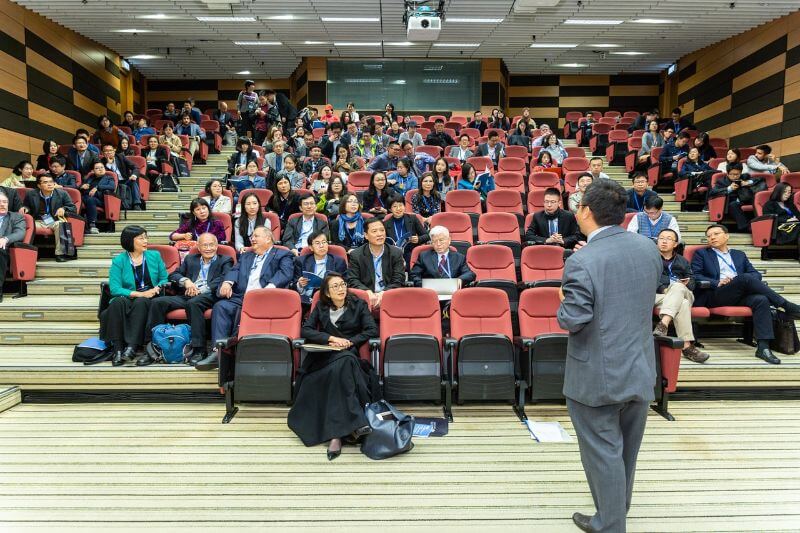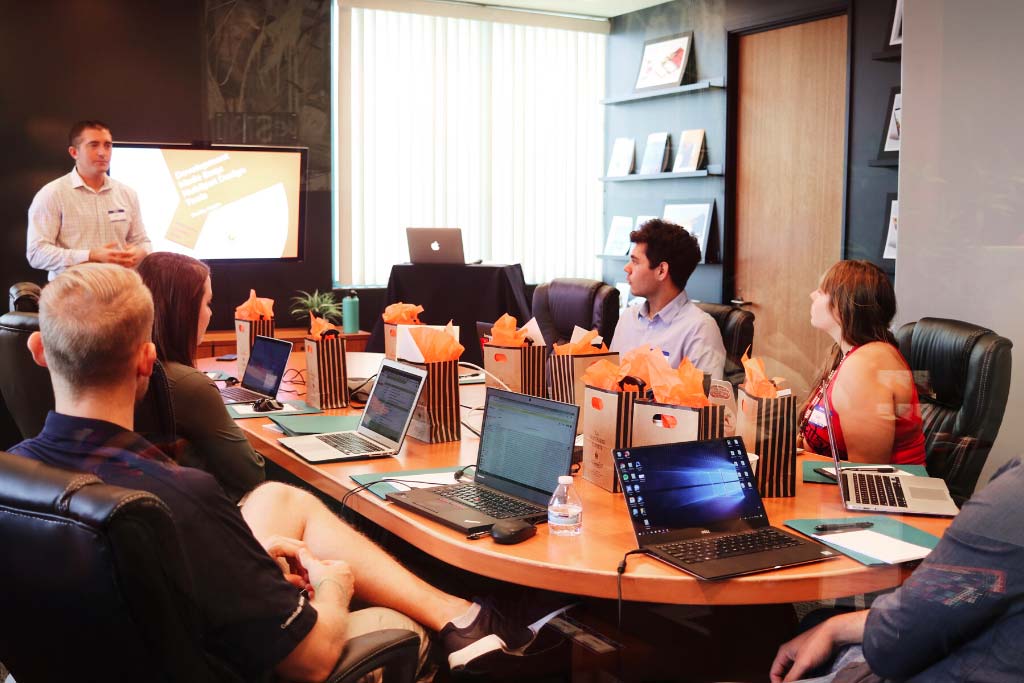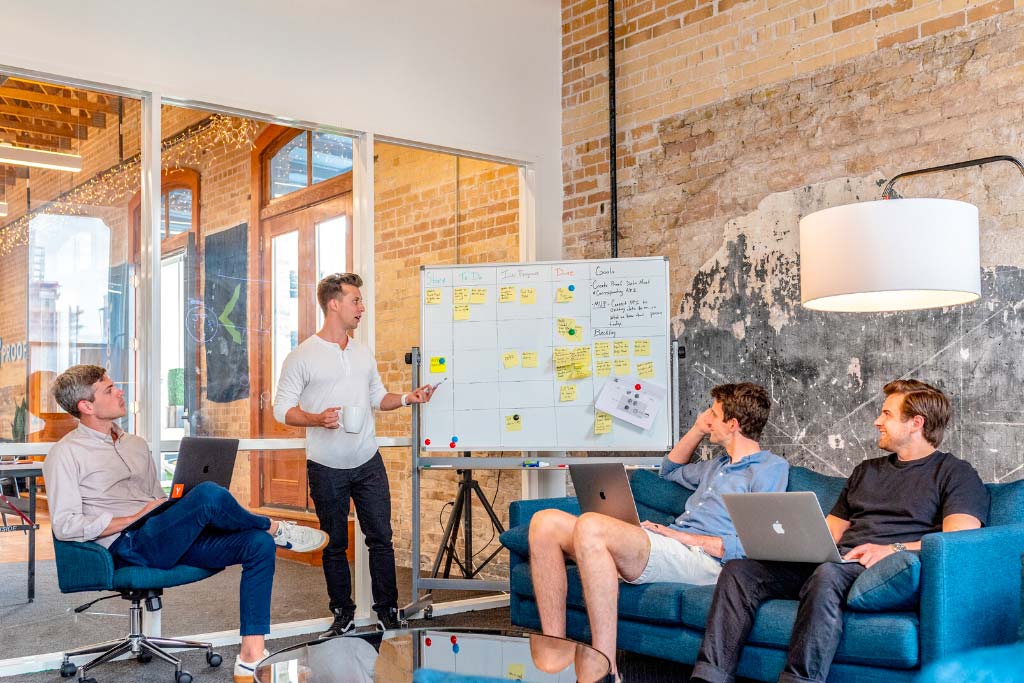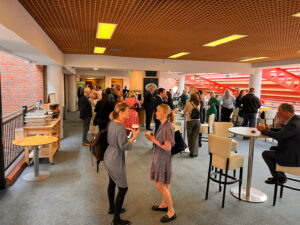
Top Tips for Effective Employee Development and Training Events
Training events play a crucial role in employees’ development and training, offering valuable opportunities for individuals within an organisation to enhance their skills and knowledge. Whether it’s general employee learning or specialised manager training and development, tailoring the sessions appropriately is key. Here are our top tips for organising impactful employee development and training events.
Training Tips for Before Your Employee Development Session

Understand Your Attendees’ Needs
Prioritise understanding why attendees are participating in your training session. Are they seeking new skills, or is it a mandatory requirement? This knowledge will help you plan and customise the session to meet their specific needs.
Assess Attendees’ Knowledge
Determine the attendees’ baseline knowledge of the topic. Knowing whether they possess a basic understanding allows you to adjust the session’s depth accordingly, avoiding the risk of providing overly basic or complex information.
Practice Your Session
Practice makes perfect, especially for first-time deliveries. Familiarise yourself with the content to ensure a smooth presentation, preventing reliance on notes and maintaining your audience’s interest.
During Your Employee Training Presentation

Use Diverse Training Techniques
People don’t all learn best in the same way when it comes to employee training and development. Make sure to cater to different learning preferences by incorporating visual, auditory, and kinaesthetic activities. A variety of approaches such as slides, spoken lectures, and hands-on activities, ensures engagement for all participants.
Limit Reliance on PowerPoint
PowerPoint-style slides can be a fantastic tool to aid learning but don’t only use those. If you decide to use PowerPoint at any point in your session, try to follow the 1-6-6 principle, where you have one idea per slide, up to six bullet points per slide, and up to six words per bullet point. This will help to maintain digestible content preventing information overload and ensuring that participants stay focused on the material.
Keep it Fun
As important as your session is, not everyone will be feeling that enthusiastic so it’s important to keep the session fun. Consider incorporating games or quizzes relevant to your topic into your session and perhaps even opening with a joke. A light-hearted approach can make the employees training and development more enjoyable and help maintain participants’ enthusiasm.
Keep on Message
Stick to your lesson plan’s structure to stay on track and avoid getting sidetracked by off-topic questions during your training and development for employees. Provide an avenue for addressing off-topic queries through email after the session.
Keeping Employees Focused During Training and Development

Change Seating Arrangements
Make sure that the layout of your training space is appropriate to what you are doing. A little difference will make attendees pay more attention. Consider arranging everyone into a circle to promote collaborative learning or have small groups around tables if they will need to work in teams at any point in the session.
Use Real-World Examples
Relating your teaching to their business or organisation and how it operates will make the learning engaging for them and will make them more likely to pay attention to the session. You can also encourage attendees to share their own experiences to see how that relates and how their experiences can be improved.
Incorporate Breaks
Schedule regular breaks to allow participants to refresh and refocus so that they can pay better attention to the training session. For longer sessions, consider breaking them into shorter, more manageable segments to prevent information overload.
Seek Feedback at The End of Employee Development Training
Gather feedback at the end of the training session to understand what attendees liked, and disliked, and how the session can be improved. This input can enhance future sessions.
Effective Staff training isn’t always easy to get right (as noted by Harvard Business Review) but it is possible and we’re here to help you find the right training space. We understand the importance of a conducive training environment, and our training facility in Staffordshire is the perfect place to host employee development and training events. When you’re ready to book your training session in Staffordshire, get in touch with our team on 01785 878401 or via our contact form. We’re here to support your training and development needs.
Go back to other articles

